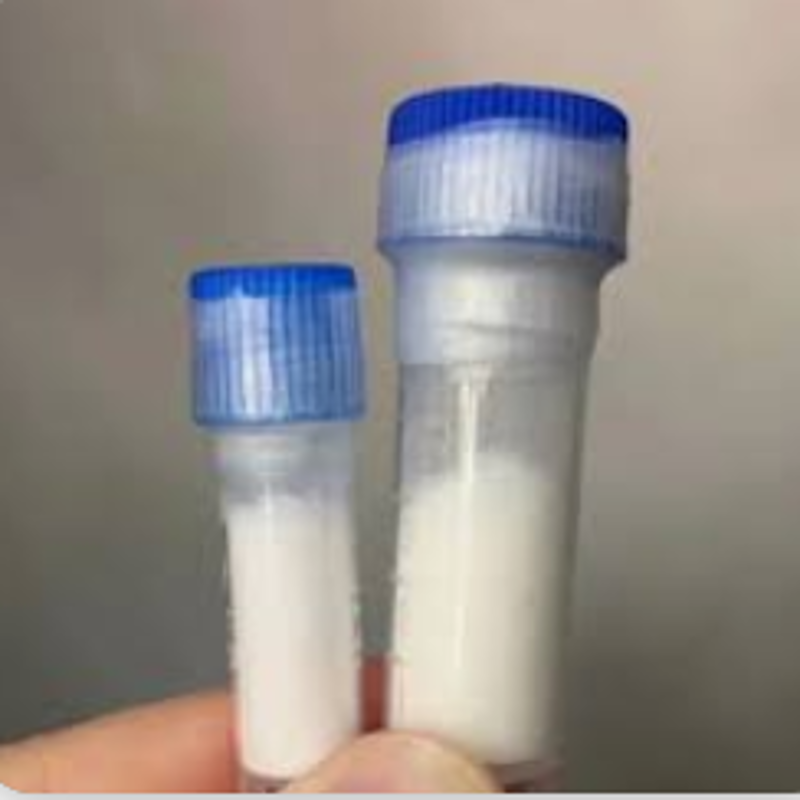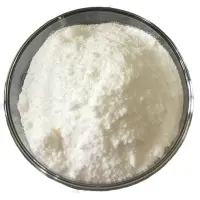-
Categories
-
Pharmaceutical Intermediates
-
Active Pharmaceutical Ingredients
-
Food Additives
- Industrial Coatings
- Agrochemicals
- Dyes and Pigments
- Surfactant
- Flavors and Fragrances
- Chemical Reagents
- Catalyst and Auxiliary
- Natural Products
- Inorganic Chemistry
-
Organic Chemistry
-
Biochemical Engineering
- Analytical Chemistry
-
Cosmetic Ingredient
- Water Treatment Chemical
-
Pharmaceutical Intermediates
Promotion
ECHEMI Mall
Wholesale
Weekly Price
Exhibition
News
-
Trade Service
Cardiogenic embolic stroke (CES), abbreviated as cardiogenic stroke, refers to a clinical syndrome
With the increasing dangers of stroke, CES has now become a critical illness
A causative mechanism of CES
CES is often present with a clear underlying cardiovascular system disease or risk factor, of which about 70%
According to the positive (potential) etiology and epidemiological characteristics of CES in the A-S-C-O (PHENOTYP) classification, CES causes are divided into 10 categories
Table 1 Common causes and pathogenesis of CES
Clinical features of two CES
1.
2.
3.
Three auxiliary tests
1.
2.
3.
Table 2 CES main inspection methods and performance
Diagnosis and hazard stratification of the four CES
Based on clinical features and neuroimaging features, combined with vascular and cardiac assessment tests and other elements (Table 3), CES is divided into three levels
➤ The following 3 conditions need to be met to confirm the diagnosis: (1) Meet 2 necessary conditions; (2) Meet at least 1 support condition; (3) Exclude other diseases
➤ It is likely that the diagnosis needs to meet one of the following 2 conditions: (1) meet 2 necessary conditions; or (2) Meet 1 requirement and at least 1 supporting condition
➤ Possible diagnosis requires the following requirements: Meets 1 requirement
Table 3 Diagnostic elements of CES
Hazard stratification
Risk stratification is important to guide CES treatment and reduce recurrence and death, and patients should be assessed
Figure 1 Preliminary assessment and hazard assessment process for CES
Using the criteria recommended by the Journal of the American Society of Echocardiography, the risk factors for high and low embolic likelihood are shown in Table 4
Table 4 Hazard stratification of CES
1.
Severe stroke in the elderly (NIHSS≥10; Age ≥70 years).
2.
Embolism of different arterial distribution areas in the past: (1) spatial multipleness (anteroposterior circulation simultaneous infarction, bilateral infarction); (2) Time multiple (infarct foci at different times
).
3.
Other signs of systemic thromboembolism (wedge infarction of the kidneys and spleen, Osler splits, blue-stomp syndrome
).
4.
The distribution of infarcted blood vessels is mainly located in the cortex: or infarction in the striated artery area with large subcortical layer
.
5.
High density shadow of the middle cerebral artery (MCA) (no ipsilateral internal carotid artery severe tapir narrowing).
6.
Rapid re-passage of blocked large blood vessels (repeated neural ultrasound evaluation).
Treatment of five CES
1.
Intravenous thrombolysis and/or intravascular therapy within the acute treatment window to maximize the rescue of ischemic semi-dark zones and reduce neurological disability
.
2.
Take corresponding treatment measures for different causes of CES to prevent the recurrence of stroke, and actively carry out neurological rehabilitation treatment
.
➤ General treatment
1.
Monitoring and maintenance of heart and respiratory function, as well as control of body temperature, blood glucose levels, etc.
(strongly recommended, moderate-quality evidence).
2.
Closely observe the changes in cardiac function and blood pressure of patients, for those with initial low or normal blood pressure, CES should be considered, and it is recommended to perform echocardiogram, long-range cardiac monitoring and other examinations as soon as possible (no grade consensus-based statement).
➤ Intravenous thrombolysis
For most patients with CES who are in the treatment window, venous thrombolysis
can be considered after fully weighing the benefits and risks of treatment according to their indications.
1.
Intravenous thrombolytic therapy (strongly recommended, moderate-quality evidence)
may be considered in patients who are still on warfarin but have an INR < 1.
7 or with a prophylactic dose of low-molecular-weight heparin.
2.
Patients treated with novel oral anticoagulants (NOACs) should be avoided as much as possible unless it is clear that they have not taken NOACs within 48 hours and that laboratory tests show that their renal function and coagulation parameters are normal (weak recommendation, low-quality evidence).
3.
For those taking dabigatran, intravenous thrombolysis therapy (weak recommendation, low-quality evidence) may be considered after pre-treatment with their antagonist, edacilizumab
.
4.
For patients who have undergone surgery (valve surgery) or who develop during invasive examination (coronary angiography), it is recommended that venous thrombolytic therapy be performed with caution (no hierarchy-based statement) after weighing the risk of antithrombosis and bleeding (surgical site).
5.
Patients with infective endocarditis should avoid intravenous thrombolytic therapy (weak recommendation, low-quality evidence).
➤ Intravascular treatment
1.
In most cases, intravenous thrombolysis-intravascular thrombosis (MT) bridging therapy is recommended, and direct MT (weak recommendation, low-quality evidence) may be used depending on the situation (if venous thrombolysis is contraindicated).
2.
MT is mainly aimed at patients with occlusion of anterior circulating macrovessels (internal carotid artery, MCAM1-2 segment) from the last normal time, and the treatment goal is to achieve reperfusion of modified thrombolytic therapy (mTICI) grade 2b/3 (weak recommendation, moderate-quality evidence).
3.
The efficacy of arterial thrombolysis, angioplasty and stenting on acute CES is unclear, and the latter two may be used as remedial treatments for interventional thrombotic failure (no grade-based consensus-based claim).
➤ Antiplatelet therapy
1.
For CES caused by different etiologies, corresponding antithrombotic drugs can be used, including antiplatelets and anticoagulant drugs
.
2.
Oral antiplatelet therapy (eg, aspirin, clopidogrel) should be started selectively after 24 h of thrombolysis, and head CT should be repeated before use (strongly recommended, moderate-certainty evidence).
3.
Tirofiban may be used as an alternative to those who do not meet intravenous thrombolysis, or may be combined with intravenous thrombolysis or intravascular therapy as appropriate (weak recommendation, very low-quality evidence).
4.
Based on the risk of bleeding transformation in CES, even if the patient has anticoagulation indications (eg, atrial fibrillation, valvular disease), the initiation or restart time of treatment should depend on the severity of the condition, the acute stage infarction foci, and the high bleeding risk is lower than that of the onset of the disease for several days or even weeks after the onset, and the characteristics of NOACs with faster onset of action and high safety than warfarin should be fully considered (no grade-based consensus-based statement).
Table 5 Commonly used drugs for antithrombotic therapy
Table 6 Antithrombotic drug selection for CES
➤ Statin therapy
Statins may be initiated within 72 hours of CES onset or, as appropriate, combined with intravenous thrombolytic or intravascular therapy (weak recommendation, low-quality evidence
).
: ,
。 Video Mini Program like, tap twice to cancel like in viewing, tap twice to cancel in viewing







